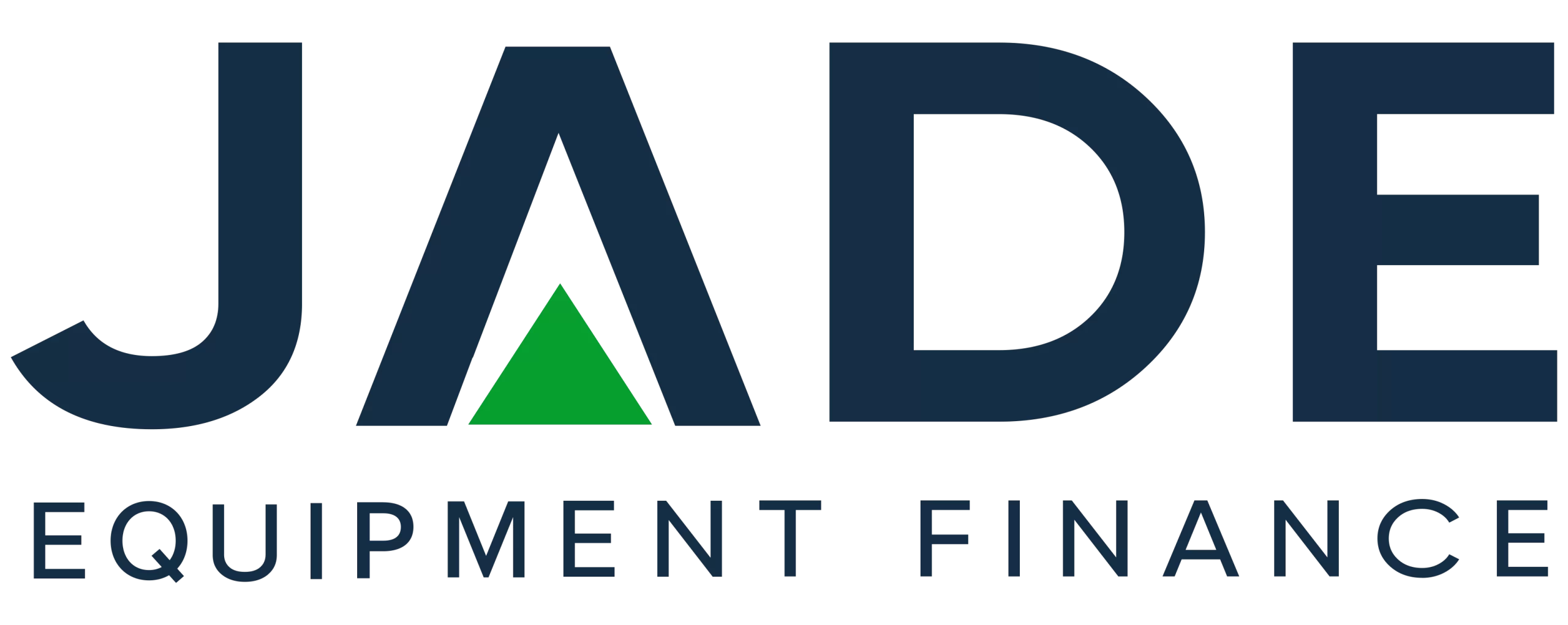Most people receive the news on interest rates via news media which usually only includes the announcement of the Reserve Bank Board’s monthly decision. These announcements, which are posted as a press release on the bank’s website, are somewhat brief but they do typically provide a basic overview of the reasoning behind the cash rate decision.
The announcements over the past few months have concluded with similar statements around further rate rises would be expected in the coming times. That’s quite a general indication and not extremely helpful for business owners considering investing in new equipment with finance in coming times.
More information on what may be ahead for interest rates would no doubt be extremely helpful in making those equipment acquisition decisions. But following the recent criticism of the RBA for their remarks around interest rates not needing to be increased until 2024, Governor Lowe has said that the Board would not be providing any specific dates like that again.
However, for those that would like more information and direction, the Minutes of each RBA Board meeting can be worth the read. The December document is particularly interesting because it reveals that the RBA has and is considering pausing its current run of rate hikes. Positive news for those considering taking on new finance, but the detail should be considered so as not to draw inaccurate or ill-informed conclusions.
For in addition to discussing the possibility of a stop to rate rises, the Board also discussed the for and against arguments for a return to the larger rate hikes.
For those wanting a quick overview of the December meeting minutes, we have summarised some of what we consider the most relevant aspects. For those wanting the more complete version, we direct you to the full document at the Reserve Bank of Australia (RBA) website.
Overview: Minutes of December Rate Decision Meeting
Developments in the economy – both globally and at a domestic level, were the topics discussed at the start of the Board meeting. Specifically, the changes and continuations of existing conditions since the November Board meeting.
Aspects noted in the minutes include:-
- The level of inflation remains very high globally.
- Inflation appears to have reached a peak level in some countries.
- China continues to face challenges in regard to the ongoing COVID-19 situation.
- Disruptions to supply chains appear to be easing and inventories returning to more normal levels.
- In the Australian economy, the data released in recent weeks was seen as ‘in line’ with the Board’s November meeting assessment.
- While remaining high, the Australian inflation rate posted a small decrease in the data released for October.
- The October inflation result to be treated with some caution as some relevant contributing data would not be included until the last month of the quarter – in December.
After further discussion of the labour market and other economic issues, the discussion turned to the decision for the cash rate – the interest rate rise decision for the month. And this is where it gets interesting for those considering equipment and machinery finance.
The minutes reveal that the Board discussed the arguments for three options: a return to the large 0.5% hikes; a continuation of 0.25% rises; and a 0% decision – holding the cash rate steady and unchanged for the month.
The pros and cons for another large increase covered the fact that inflation was still high and demand needed to brought back into balance with supply. But other arguments were present against this option.
The arguments for holding the rate unchanged included the delay which occurs between when rate increases are announced and when they start to take effect in economic activity. The Board discussed how even with further rises, the forecasts pointed to the economy taking several years to achieve the target inflation level. A cautious approach in uncertain times was also discussed as was the fact that there have no rate pauses implemented by other central banks globally.
As is now known, the decision was made for a further 0.25% rise as the arguments for this option were considered as the strongest. The minutes note that several options would be in the discussions at the next Board meeting.
Remarks made by Dr Philip Lowe, Governor of the Reserve Bank of Australia, elaborated further on these discussions when he said that returning to bigger rises and halting rises were not ruled out at this time.
Interest Rates Prospects
The data to be released prior to the February RBA meeting, especially the quarterly inflation figures, will likely be significant to future rate rise decisions. The lag effect has been mentioned on a number of occasions and with rises since May 2022, some level of effect may start to become evident.
With the Board not ruling out a number of options, the prospect for interest rates in the early part of 2023 is still clouded in some doubt. Acting promptly with asset investments may be advisable. Businesses ready to act can access the cheaper, current equipment finance interest rates through Jade Equipment Finance prior to a possible February rate rise.
Due to our multiple lender accreditations, we continue to be well-placed to offer better rates across our finance portfolio.
To secure machinery and equipment finance at the current interest rates prior to any possible 2023 rises, contact Jade Equipment Finance on 1300 000 003
DISCLAIMER: IF MISINTERPRETATIONS, MISREPRESENTATION OR ERRORS EXIST IN THIS ARTICLE, NO LIABILITY IS ACCEPTED. THE INFORMATION IS PROVIDED ONLY FOR GENERAL PURPOSES AND NOT IN ANY MANNER INTENDED AS THE ONLY SOURCE FOR MAKING FINANCIAL DECISIONS. THOSE THAT CONSIDER THEY REQUIRE ADDITIONAL GUIDANCE OR ADVICE SHOULD REFER TO AN INDEPENDENT FINANCIAL ADVISOR.


